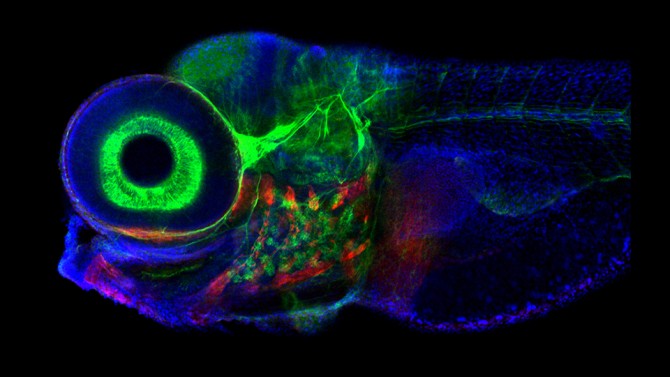A rare lizard that has eluded scientists for more than 40 years has been found living in north-east Queensland.
Earlier this year, scientists from Queensland Museum and James Cook University were tasked with the challenge of finding the elusive Lyon’s Grassland Striped Skink
The surveys were part of research by the Resilient Landscapes Hub of the Australian Government’s ³Ô¹ÏÍøÕ¾ Environmental Science Program that is looking for highly threatened reptiles across Queensland.
Dr Andrew Amey from Queensland Museum Network, who led the expedition, said the goal was to find three species of skink which have very small distributions confined to the Mount Surprise area, around 300 kilometres south of Cairns.
“These lizards are all hard to find and seldom seen. Two are part of a large group of skinks in the genus Lerista, which are only found in Australia and have adapted to sandy soils by reducing their limbs to essentially swim through the soil,” said Dr Amey.
“It shows that parts of Australia such as grasslands and open woodland that are grazed by cattle can still host important biodiversity.
“It was an exciting moment to find all three skinks, but to find the Lyon’s Grassland Striped Skink was an amazing discovery.”
JCU’s Associate Professor Conrad Hoskin, who was part of the survey team, said the rediscovery of the skink is a big step forward in its conservation.
“The skink was last seen in 1981 and was feared to be extinct. To find it again after 42 years, and at several different sites, is exciting. We now need to assess its full distribution and habitat requirements,” said Dr Hoskin.
The other two skinks were the Limbless Fine-lined Slider, which is found in the Undara Volcanic ³Ô¹ÏÍøÕ¾ Park, and the Mount Surprise Slider, which was only known from one paddock.
The purpose of the survey was to find if the species still existed and if scientists could find new populations elsewhere.
The small distribution of the skinks makes them vulnerable to damaging events such as bushfires, drought, invasive weeds and disease. The Lyon’s Grassland Striped Skink was recently listed as Critically Endangered by the Queensland and Australian Governments in recognition of this.
Dr Amey said animals like these skinks have an important role to play in our ecosystems.
“We need to know if these skinks have healthy populations or if they are declining. We can’t take effective action to protect them if we don’t know where they occur and what threats are impacting them,” said Dr Amey.
“The only way to get this information is go and look for them.”
Dr Amey was joined by Queensland Museum Senior Scientists, Reptiles, Patrick Couper, Queensland Museum honoraries Martin Ambrose and Angus Emmott, and Associate Professor Conrad Hoskin from James Cook University.
The scientists have been awarded funding from Queensland Department of Environment and Science to undertake more surveys on these species.
MEET THE SKINKS:
Lyon’s Grassland Striped Skink
Had not been observed since 1981 and is known only from a single locality that is heavily grazed by cattle. This skink lives in the cracks of blacksoil country. The cracks provide shelter from the heat of the day and predators. It is probably active by day foraging for insects at the surface, but is still difficult to observe under the long grass.
Limbless Fine-lined Slider
The Limbless Fine-lined Slider occurs at Undara Volcanic ³Ô¹ÏÍøÕ¾ Park, but still has a very small distribution and is seldom observed. It has no limbs at all and looks much like a small snake. They can only be found in loose soil under rocks and logs.
Mount Surprise Slider
Known from only one paddock in Mount Surprise, it is similar to the Limbless Fine-lined Slider, but has retained small, clawless stumps for back legs. They can only be found in loose soil under rocks and logs.








